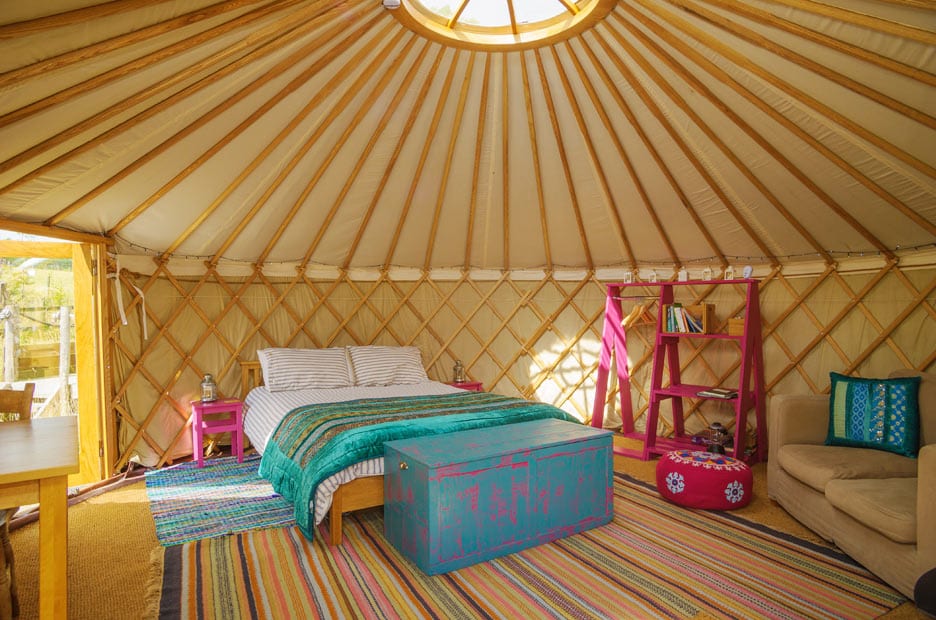
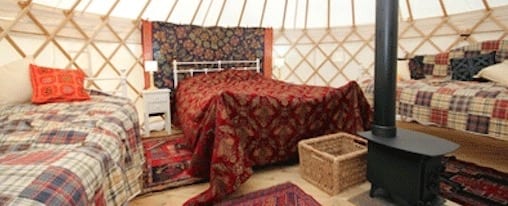
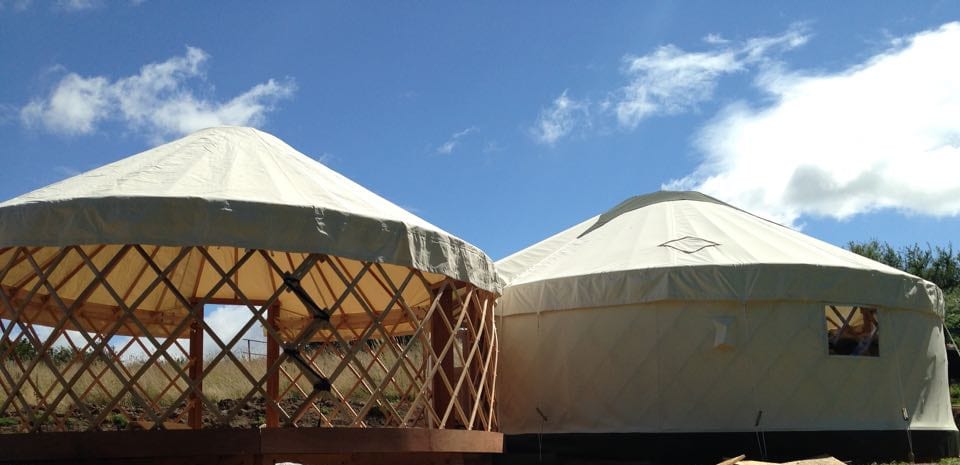
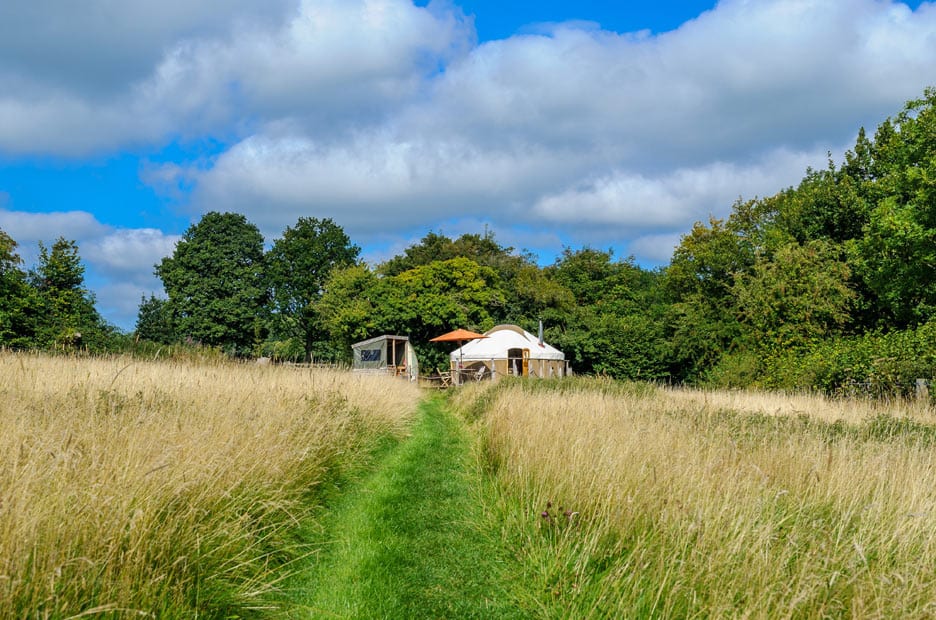
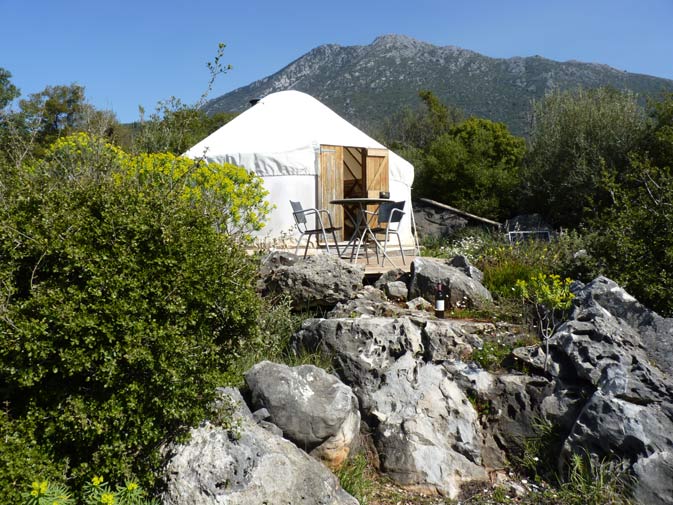
Living in a yurt in Europe and Central Asia
| Yurt Living | ||
Yurt Living in Central Asia No-one knows when people started living in yurts. Nomadic peoples leave few records of their passing. Bronze age petroglyphs from Siberia appear to show yurts, so it is reasonable to assume that they have been in use from many thousands of years. The geographical distribution of yurts is no coincidence. The yurt is perfectly suited to the nomadic lifestyle in the most extreme climates. Nomadsm is practiced in areas that are either too dry or too cold to grow crops succesfully. Farmers or people who are nomadic during the summer months could not justify the expense of a yurt, a permanent house is easier to build and better suited if it does not need to be moved. And a simple tent is all that is required for hearding animals in summer pastures. Where nomadic hearding is a year-round occupation, making a moveable tent the family home only a yurt will offer sufficient portable protection from the extreme climate. To this day Millions of people throughout Central Asia are born, grow old and die in yurts as they move from pasture to pasture following routes set out by their ancestors centuries ago. The shape of the yurt varies from region to region. The Mongolian ger has a heavy timber crown, straight roof poles and a fairly low roof, to offer protection from high winds, retain heat, and make use of the timber from the larch and birch forests of Northerm Mongolia. The Bentwood yurts of Kazakhstan use frames of willow which is easy to bend to shape, but retain the low roof which offers protection form high winds and reduces heat loss. The Kyrgyz yurt resembles the Kazakh yurt, but has a tall steep roof better suited to the warmer, wetter and less windy climate. Paradoxically the makers of these yurts are not nomads. They live in permanent houses attached to the workshop where the yurts are made. Yurt frames are always made by skilled craftsmen. The covers may be made by the yurt maker and his family, or by the nomads themselves. Yurt Living in Europe Many people live in yurts in the UK US and Europe. The yurt is warm, dry comfortable and secure. Living in the yurt one is aware of the weather, the changing seasons, the surrounding countryside and wildlife and ones place in the ecosystem in a way that no house dweller can ever be. However living in a yurt is not like living in a house. All of the luxuries of a house are available to the yurt dweller, but a little more thought and effort is required. It is interesting to discover how one can live off-grid making ones own heat light, electricity and responsibly disposing of ones waste. In a very short time the countryside and the wildlife cease to be something separate to view as an outsider. One becomes a part of the landscape and a part of the surrounding ecosystem. The neighbours are the birds, the foxes and deer who soon grow familiar and less fearful of the new creatures living among them in their big white nest. The yurt is not a permanent building, some people do put up their yurt and leave it there for years on end. However this is missing the point. The beauty of a yurt is its portability. If a yurt is lived in it will last many, many years in one place. However if it is left empty in a damp wood the cover can be ruined in less than a year. If the yurt is for summer use, bring it in for the winter. If you just want another room to store things buy a shed. | ||
